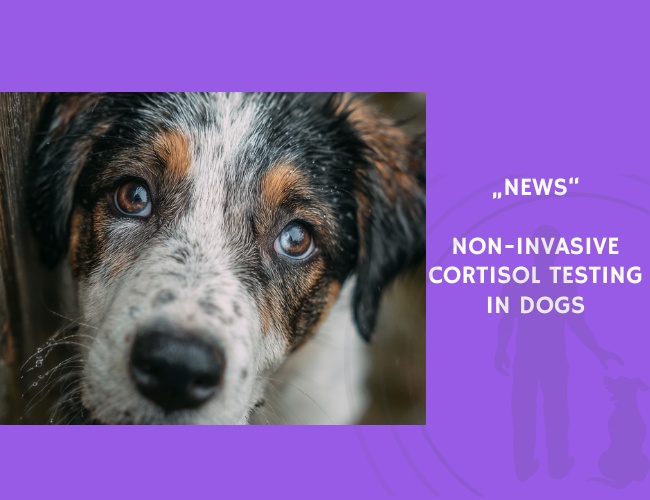Cortisol, a hormone released during stress, has long been used as a marker in canine research. However, how cortisol is measured can influence both the results and the welfare of the dogs involved. A 2025 review published in Animals examined over 18,000 studies, identifying 78 that met strict inclusion criteria, and revealed a significant shift towards non-invasive cortisol testing methods.
The authors, led by Kamila Kaszycka, emphasized that invasive techniques such as blood sampling may compromise animal welfare by introducing stress that alters physiological responses. In contrast, non-invasive methods—such as saliva, hair, urine, and fecal sampling—avoid these confounding effects and provide more reliable insights into a dog’s stress physiology.
Beyond methodology, the review highlighted that many external factors—environmental conditions, genetics, and social influences—also play important roles in determining cortisol levels. The paper raised concerns about the limitations of existing research, including small sample sizes and inconsistent protocols, which reduce comparability across studies. To overcome these challenges, the authors call for greater interdisciplinary research that integrates both behavioral and physiological measures.
Ultimately, the review argues that the future of canine stress research depends on methods that minimize discomfort while ensuring scientific rigor. By prioritizing non-invasive testing, researchers can safeguard welfare, improve data reliability, and contribute to more ethical standards in animal science.
Source: Kaszycka, K., Goleman, M., & Krupa, W., Animals, April 23, 2025. https://doi.org/10.3390/ani15050754










